Why Hanbok Is More Than Just Clothing
The hanbok, Korea’s traditional attire, is more than a piece of fabric – it’s a story of identity, artistry, and cultural pride. With its flowing lines, vibrant colors, and symbolic details, hanbok represents both beauty and philosophy. Today, it bridges the gap between history and modern fashion, making it a cultural icon.
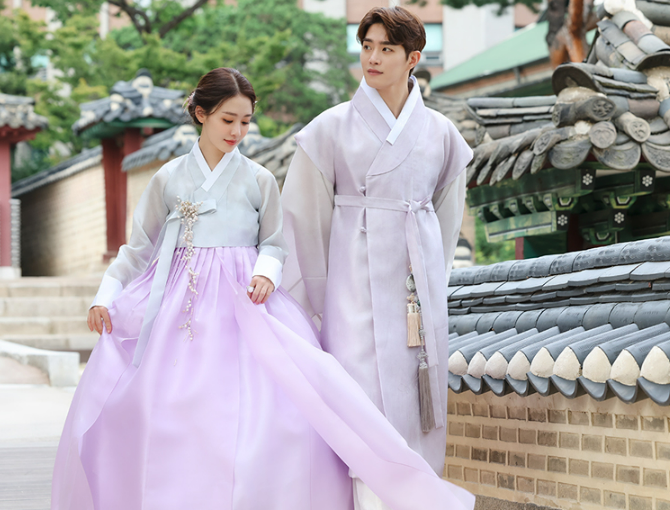
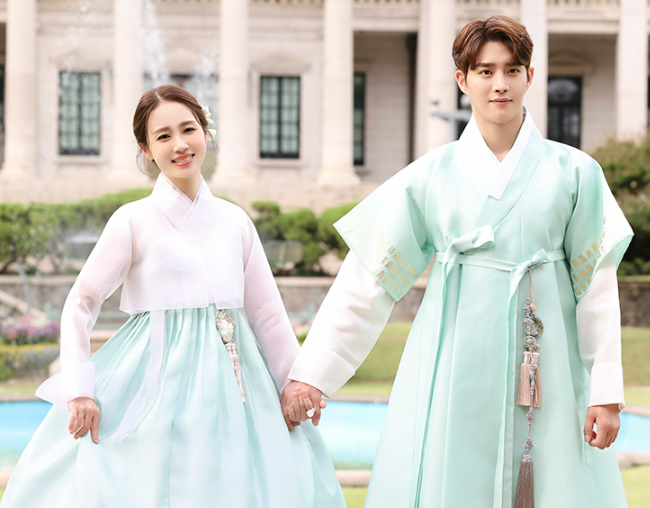
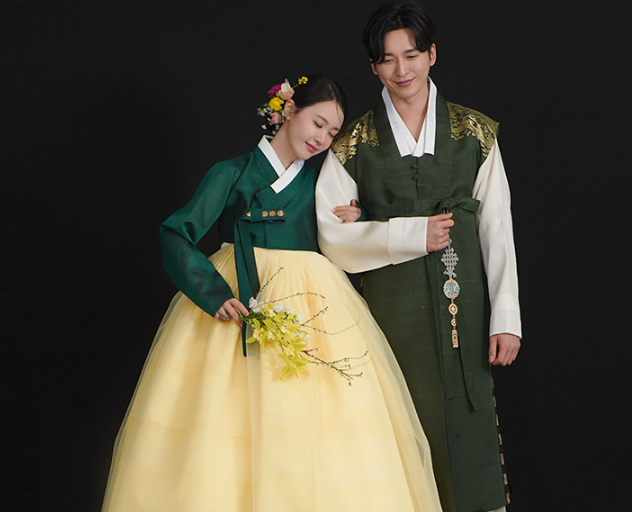
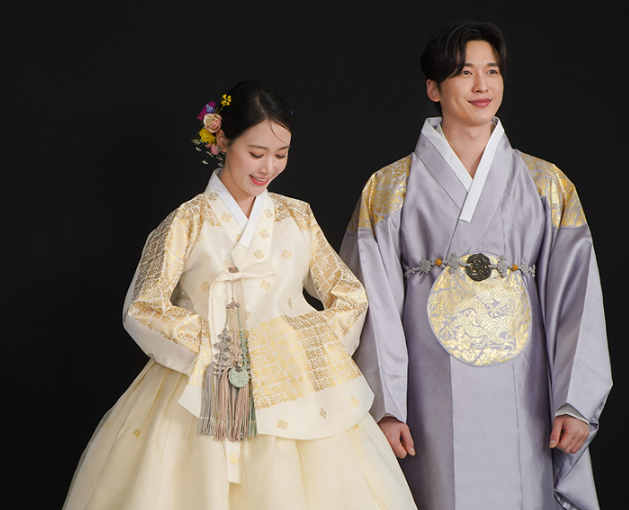
A Brief History of Hanbok
Hanbok in the Three Kingdoms Period
The earliest forms of hanbok date back to the Three Kingdoms period, featuring simple lines and wide sleeves. These designs emphasized functionality for horseback riding and daily life.
Hanbok During the Joseon Dynasty
The Joseon Dynasty shaped the hanbok we recognize today. Men wore jeogori (jacket) and baji (pants), while women wore jeogori and chima (skirt). Colors and designs reflected social status, age, and marital status.
Modern Adaptations of Hanbok
In the 20th and 21st centuries, hanbok transformed from daily wear into ceremonial attire. Recently, designers have revived hanbok with contemporary twists, making it suitable for fashion shows and everyday casual looks.
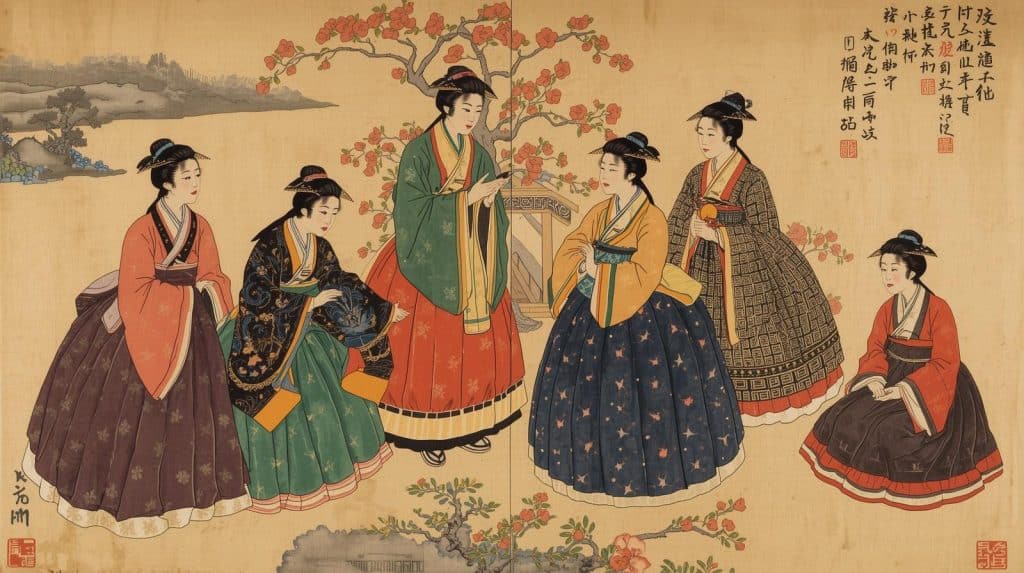
Key Features of Traditional Hanbok
Colors and Symbolism
Hanbok colors are deeply symbolic. Bright hues like red and yellow were worn by royalty, while softer tones like pink and light blue were often for children or newlyweds. White, symbolizing purity, was traditionally the most common color among ordinary people.
Fabrics and Craftsmanship
Traditional hanbok is made from natural materials such as silk and hemp. Craftsmen carefully weave and dye fabrics, ensuring durability and elegance. Today, some hanbok are also made with lighter, modern fabrics for comfort.
Structure: Jeogori, Chima, and Baji
- Jeogori: The short jacket worn by both men and women.
- Chima: The long, flowing skirt for women.
- Baji: Loose-fitting pants for men.
This simple yet graceful structure allows freedom of movement while emphasizing flowing lines.
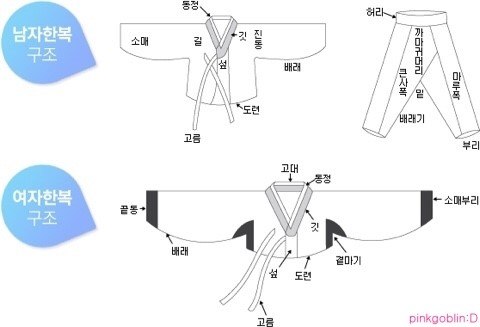
Hanbok in Modern Fashion
Fusion Hanbok Designers
Contemporary designers have embraced hanbok by blending it with modern silhouettes. Cropped jeogori jackets paired with jeans or hanbok-inspired dresses make the attire more wearable.
Hanbok on Global Runways
Korean designers are showcasing hanbok at international fashion weeks. The combination of tradition and innovation appeals to global audiences, making hanbok a symbol of cultural pride on the runway.
Hanbok in K-Dramas and K-Pop
K-Dramas like Moon Embracing the Sun and Kingdom highlight the beauty of hanbok in historical storytelling. Meanwhile, K-Pop idols often wear hanbok-inspired outfits in music videos and performances, boosting global visibility.
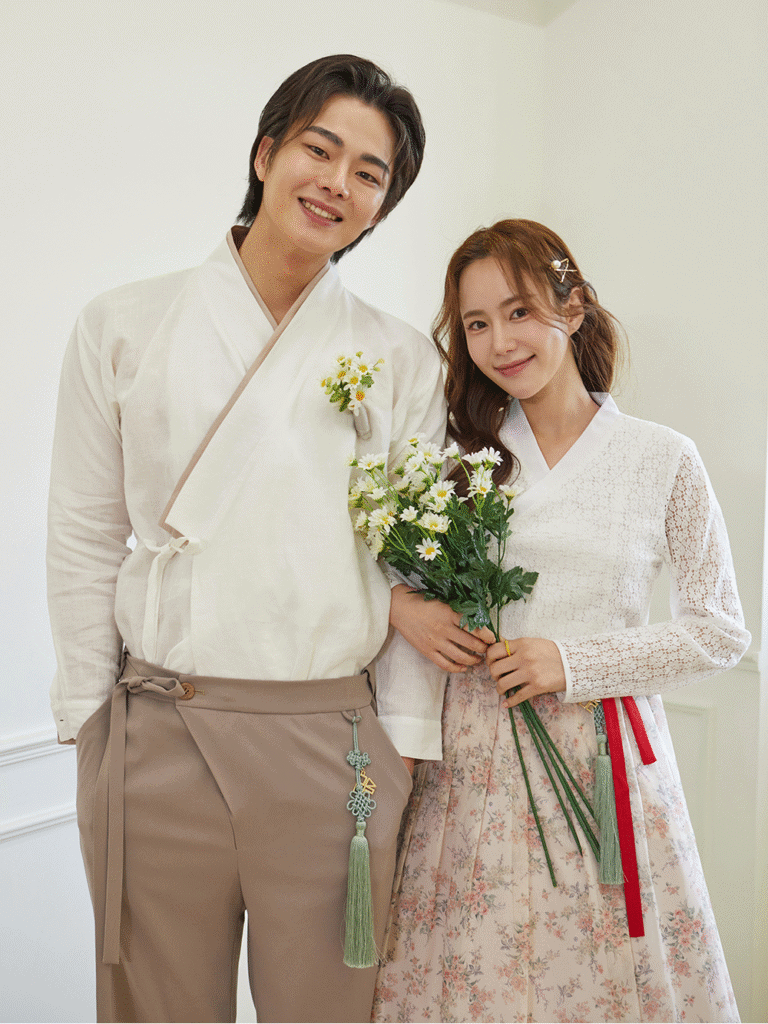
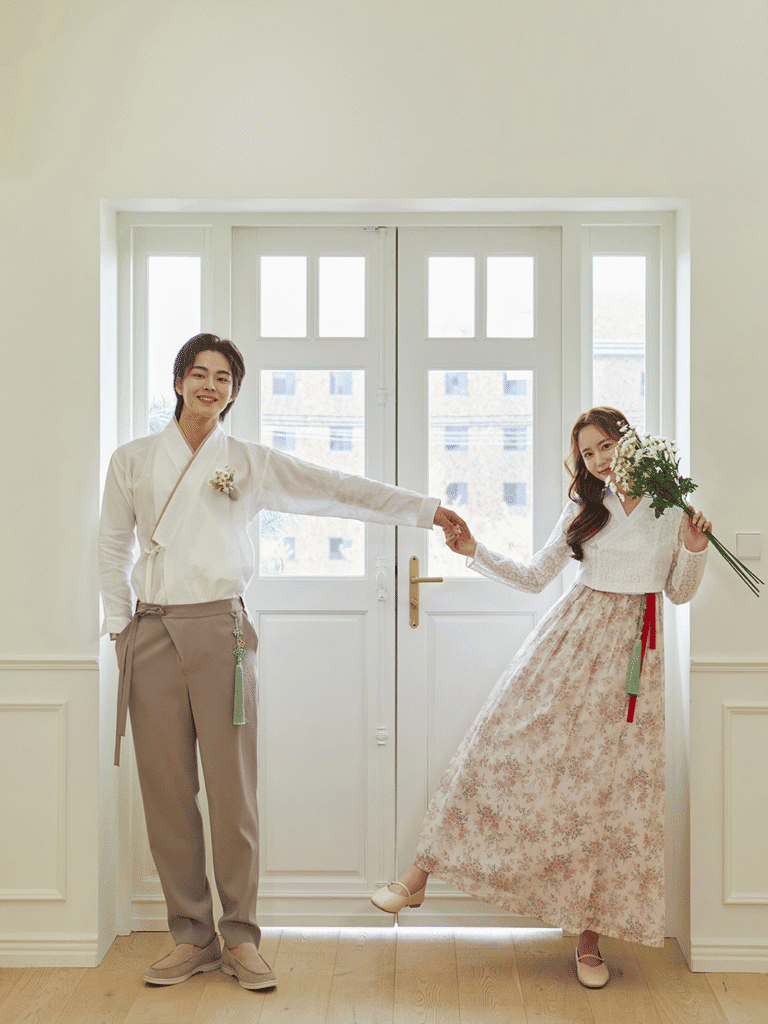
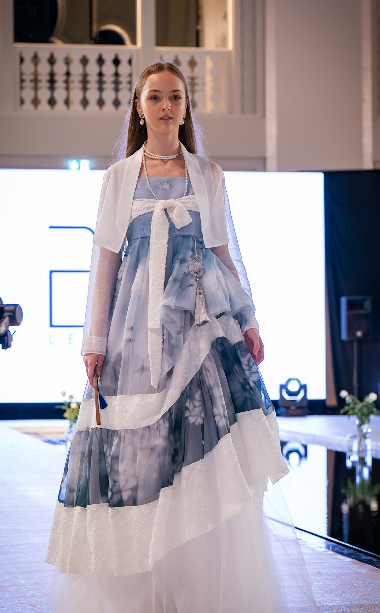
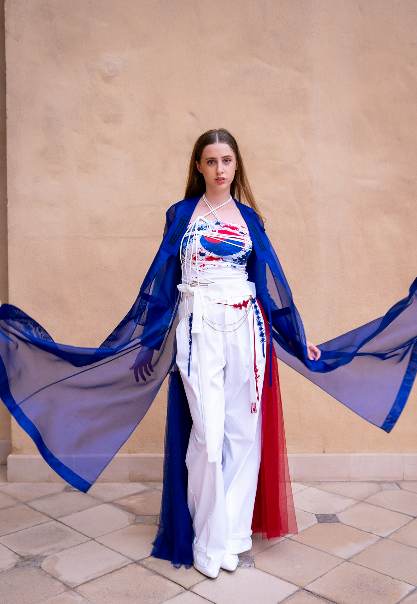
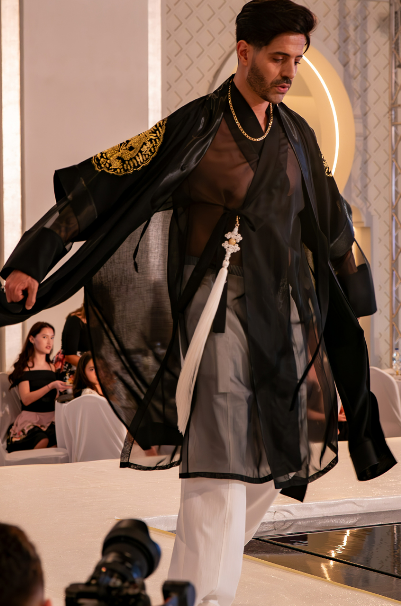
Experiencing Hanbok in Korea
Hanbok Rental at Palaces
In Seoul, visitors can rent hanbok near Gyeongbokgung or Changdeokgung Palaces. Wearing hanbok often grants free entry, making the experience both cultural and practical.
Hanbok for Weddings and Celebrations
Hanbok is still commonly worn during weddings, Lunar New Year, and Chuseok. Families often wear coordinated hanbok to celebrate together.
Hanbok Cafés and Photo Studios
Special cafés and photo studios allow visitors to try hanbok in creative settings, capturing memorable photos while enjoying tea or desserts.
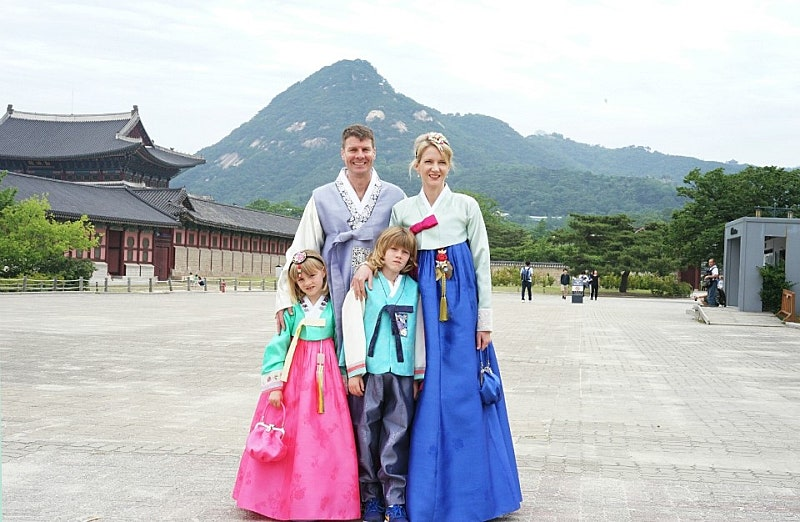
How Hanbok Reflects Korean Identity
Hanbok is not just attire; it embodies Korea’s values of harmony, modesty, and elegance. Its flowing lines mirror the beauty of nature, while its colors and designs reflect cultural beliefs.
For modern Koreans and global admirers, hanbok represents pride in tradition and openness to innovation. Wearing hanbok is a way of connecting with the past while embracing the present.

Leave a Reply